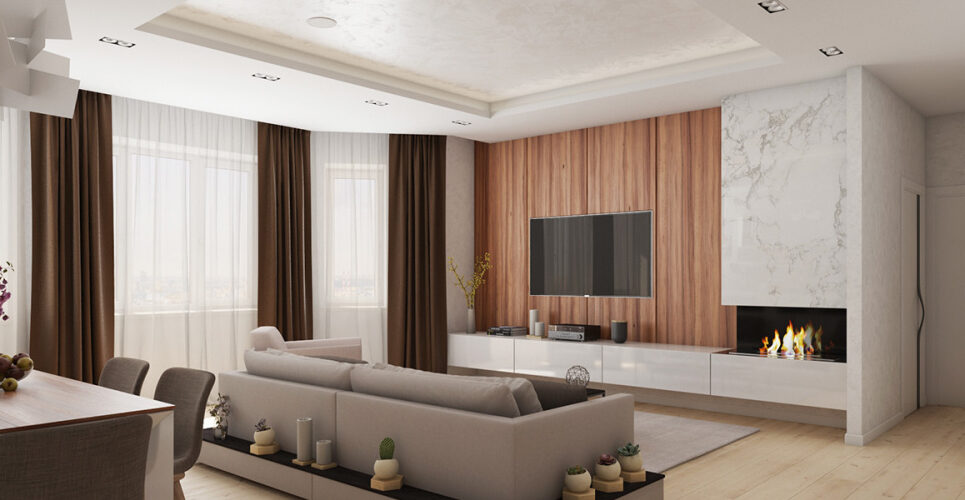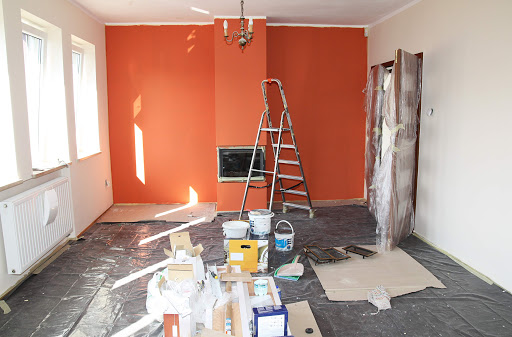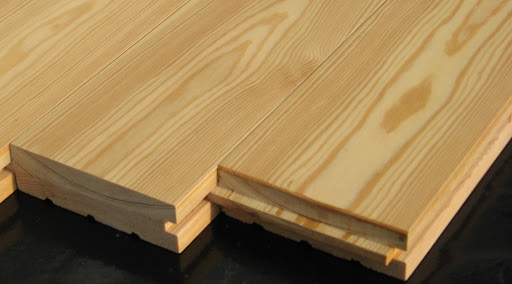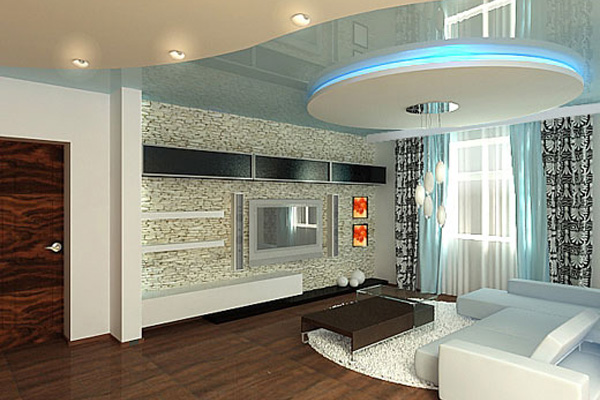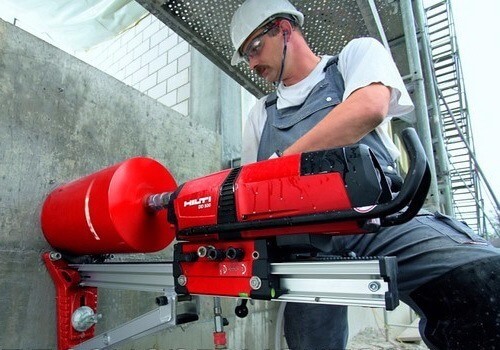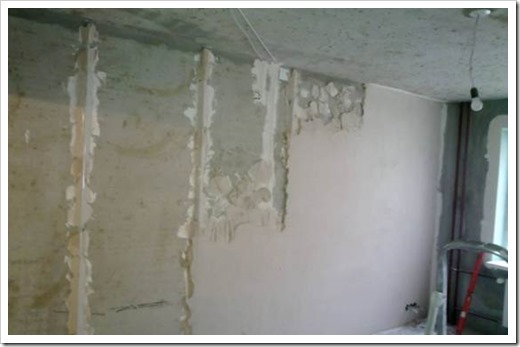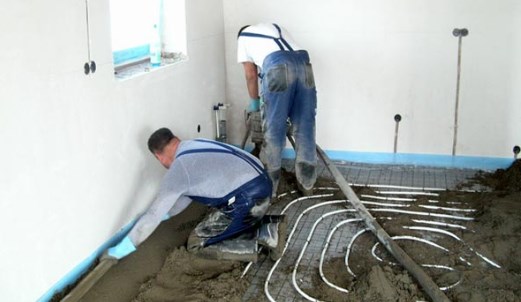Decorative plaster is the material for finishing the room, which has gained great popularity due to its undeniable advantages. At first, it's usability, as decorative plasters are usually sold as ready-mixed. Secondly, the use of this type of finish helps to hide the imperfections of the treated surfaces. Thirdly, decorative plaster is suitable for curved surfaces and for finishing various materials.
Various types of decorative plasters will help create interesting textures, imitations of natural materials and original bas-reliefs.
[alert-note]Decorative plasters differ, often, added fillers, which define the final type of finish. The following types of decorative plasters are widely used in modern interiors.[/alert-note]
Textured plaster is the most affordable and common type of decorative coating. Mineral chips are used as filler, wood fibers, mica. Textured plaster adds volume to the surface. Additional effects can be achieved, using special application techniques.
Structural plaster - more uniform, than textured, since it uses a fine-grained mineral filler. The most common type of structural plaster is bark beetle, which mimics the structure of a tree.
Flock - plaster mix, consisting of an adhesive base and dry colored particles.
 Special effect plasters - mixes, developed by manufacturers to obtain interesting textures and effects. Such plasters include coatings with a wet silk effect., sandstone, velor, craquelure and glazing coatings.
Special effect plasters - mixes, developed by manufacturers to obtain interesting textures and effects. Such plasters include coatings with a wet silk effect., sandstone, velor, craquelure and glazing coatings.
Venetian plaster - plaster, which creates an imitation of smooth marble or other natural stones. Its main features are transparency and depth effect..
Venetian plaster is created by applying a special mixture in several very thin layers with intermediate drying. Glossy and matte Venetian designs are on the market, as well as mixtures with a gold effect, silver and mother of pearl.
Facade plaster - used for exterior decoration. Has increased strength and resistance to environmental influences.
Depending on the basis, on which a mixture for plastering building facades is made, distinguish between mineral, silicate, polymer and silicone plasters.
